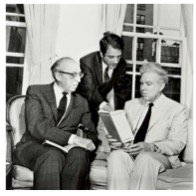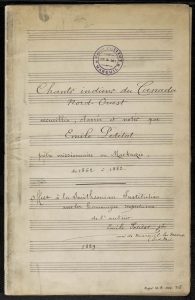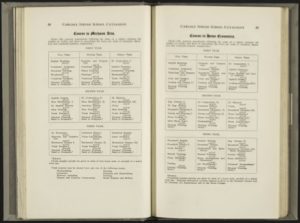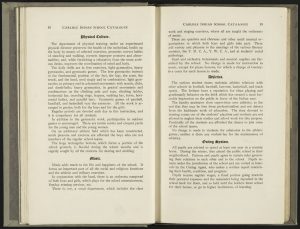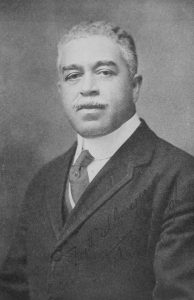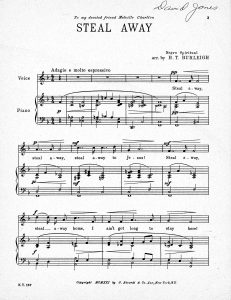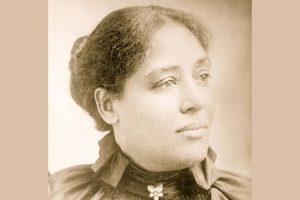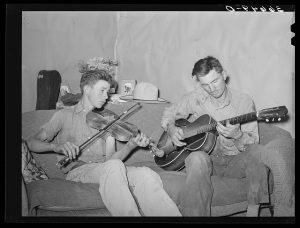The Chicago defender has been in business since 1905[1], and frequently they have sections dedicated to music. Whether it’s letters from subscribers or features written by journalists, there seems to always be an article written about music. Below you will see a feature written by Grace Thompkins in the ‘Music News’ category. I unfortunately could not find any information on Ms. Thompkins, but from what I read in the article, she has a background in music. The article starts with mentions of the record-breaking audience in attendance to pianist Leon Kirkpatrick’s recital.[2] She then talks about future events, an attempt to get more public involvement in music. On April 23rd, 1939, there will be a concert in a local metropolitan church to celebrate the 9th anniversary of the Imperial Opera company.[3](Please click on link below to view full article)
I think it’s interesting how sort of… mundane things appear in these newspapers. Our current media gets so saturated with such big news and developments, that we lose the things happening in our local communities. Articles such as the one written by Ms. Thompkins get lost when there is such a need to report on global happenings so frequently.
Above you will see a little selection with no apparent author but was written about music education in what I would assume to be in the Chicago area, (Please click on link to view full article) They write about the current state of affairs in music education.[4] They start music in kindergarten and keep the education going throughout their entire school career, this is very similar to the experience that I had when I was a child. It has only become more integrated since then. Another example of an article written about music in schools was published in “the Press Democrat.” The author writes about the financial budget cuts that California public schools experienced in 1998. The music departments were the first casualties.[5] How can we have such a rich and diverse genre of American music when music is getting hit by budget cuts in the schools? It’s because of articles covered in newspapers like the ones highlighted above. They’re providing access to the public, writing in a digestible format, and these were written before the era of internet. People’s main way of getting information was reading articles like this or hearing about them from a friend.
[1] The Chicago Defender. “About Us.” Chicago Defender, chicagodefender.com/about-us/.
[2] Thompkins, Grace. “Music NEWS: MUSIC CALENDAR.” The Chicago Defender (National Edition) (1921-1967), Apr 29, 1939. https://www.proquest.com/historical-newspapers/music-news/docview/492597431/se-2.
[3] Ibid
[4] “MUSIC: MUSIC IN THE SCHOOLS.” The Chicago Defender (National Edition) (1921-1967), Jun 20, 1931. https://www.proquest.com/historical-newspapers/music/docview/492328880/se-2.
[5] “MAKING BEAUTIFUL MUSIC IN SCHOOLS: [FINAL EDITION].” The Press Democrat, Mar 18, 1998. https://www.proquest.com/newspapers/making-beautiful-music-schools/docview/280743280/se-2.
Works Cited
—. Logo: The Chicago Defender, 1905.


